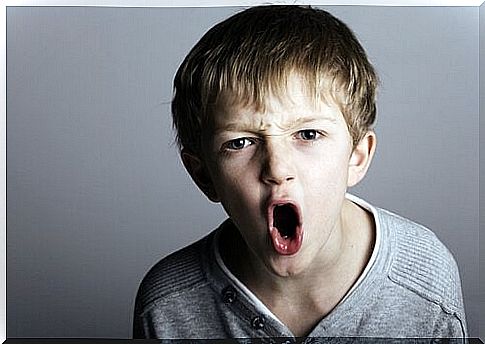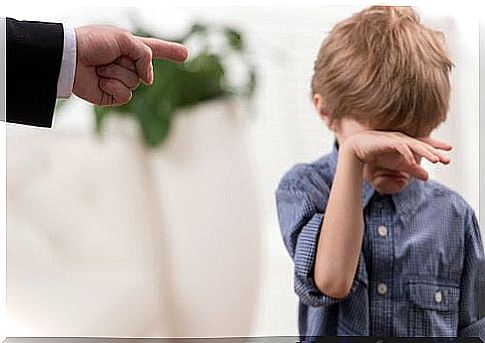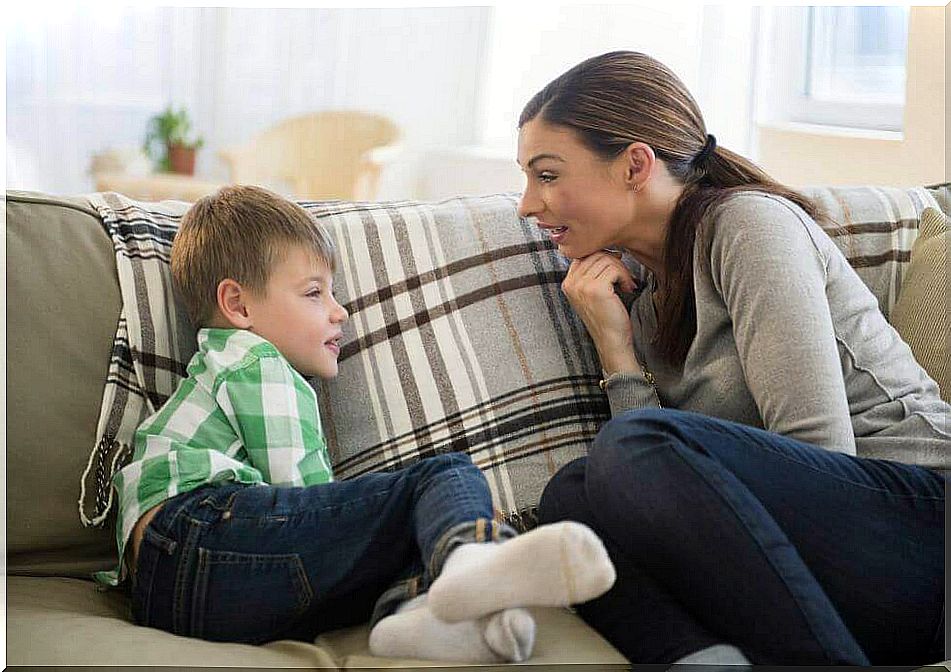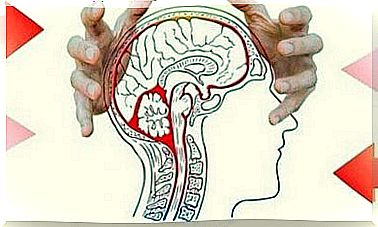Aggressive Behavior In Children: Why Does It Occur And How To Deal With It?

Aggressive behavior in children and behavioral changes are the most common problem in children’s mental health consultations. This is especially true for boys, with rates ranging from 35 to 50 boys out of a group of 100.
We don’t have to look far to see examples of very aggressive behavior. We see several stories in the newspaper of children taking their anger out on others, such as the case of the young man who stabbed his mother because the Internet at home was not working. This is an especially serious case of aggression because of its consequences, but the milder cases are extremely frequent and no less worrying.
In this sense, it is inevitable that we ask ourselves whether the social preoccupation with an increase in the severity and quantity of antisocial behavior is real or not. An example of this very common severity is found in aggressive behaviors in everyday life within the family context.
It is surprising how quickly this type of behavior develops in children and the lack of parental tools to deal with it and correct the situation. Parents manifest themselves in the sense of not controlling their children from the age of 4 or 5, and meanwhile they are verbally and physically abused.
The explanation for aggressive behavior in children is complex. It is not possible to seek a perfect cause-and-effect relationship based solely on individual and family aspects. We must look at a broader context. This context has some social variables, and it is on these variables that prevention programs are mostly based. This analysis is not simple, but this is the reality. We cannot fail to say that there have been several social changes in recent decades, changes that refer to values and beliefs about styles of education that may have contributed in some way to the increase in the problem.
What do we mean by childhood aggression?
The word aggressiveness derives from the Latin “aggredi”, which means “attack”. Attacking or assaulting implies that someone is determined to impose their will on another person or object, with the threat of physical or psychological harm or already causing such harm. In the case of children, aggression usually presents itself directly, as a violent act against another person. This act of violence can be physical, such as kicking, shoving, or even yelling and screaming.
The act of violence can also be verbal, such as insults, swear words or threats. Another form of aggression would be when the child throws objects towards people who oppose their wishes.

The development of aggressiveness in children
Aggressive behavior and antisocial behavior are somehow related, although they are different things. However, it is already known that when a child’s aggressive behavior is fairly stable, the chance that antisocial behaviors will exist during adolescence is quite high.
On the other hand, there are other multiple factors that influence the creation and maintenance of behavior. One of these factors is even genetic. A relationship between the variation in the levels of the hormone serotonin and aggressive behavior has already been found. An interaction between child maltreatment and levels of child abuse has also been found.
In addition to these genetic determinants, there are other aspects that influence children’s aggressiveness. These aspects refer, for example, to parents who try to impose a very strict discipline, recurrently using violence. Mistreatment of young people and children is associated with aggression and antisocial behavior. In any case, not all children who experience abuse end up becoming the tormentors when they grow up.
In addition, there are other factors that can be associated with aggressiveness. These factors can range from the mother’s age, the family’s capacity for social adjustment, changes such as the Attention Deficit, the child’s temperament, the type of relationship that exists between parents and children, lack of family cohesion or mode inconsistency. of discipline and repression towards the child, among others.
The importance of the family in the child’s aggressive behavior
During childhood, the family is the context that most influences the child. Interactions between parents and children shape aggressive behavior, especially with regard to managing the consequences that are derived from such behavior. The problem with this is that children can generalize what they are learning about the usefulness of their aggression, thinking that somehow the fact that their parents use it as a valid instrument makes them also great for getting what we want, including with people we like.
Also important is the type of discipline parents exercise over their children. Aggressive behavior in children is especially favored by a combination of relaxed and undemanding discipline and hostile attitudes on the part of parents.
Those who are undemanding always do what the child wants, meeting all their demands. On a superficial look, the child has a great deal of freedom, but when the child does something that the relatives don’t like, the reaction is totally disproportionate. This lack of coherence sets in so that the child becomes disoriented, and starts to imitate the disproportionate behavior of the parents when they don’t like something.

Inconsistency in parental behavior also influences their children’s aggressive behavior
The incoherence of the parents’ behavior occurs when they disapprove of the child’s aggression and, when it occurs, they punish it in such a way that they themselves start to act aggressively. Parents who arrest aggression through means other than aggressive behavior are less likely to foster aggressive actions in their offspring.
This inconsistency can also show up when parents punish the child for a certain reason, but at another time do nothing about the same behavior. What can be noticed here is the inconsistency of the information being given to the child.
Treatment of aggressive behavior in children
The treatment of aggressive behavior in children is not based solely on reducing or eliminating said behavior. We must also establish and encourage other alternative behaviors.
There are several procedures that we can carry out for this purpose. Among them, the procedures to control the stimuli of aggressive behavior stand out, that is, what usually occurs before it. Another option is to model behavior, making it non-aggressive, in addition to reducing aversive stimulation and controlling consequences.
In addition , there must be a “school for parents”. That is, teaching parents the basic characteristics of the child and the techniques that should be used to modify this child behavior. It is a fundamental element of the program that seeks to eliminate aggression from the child’s repertoire.
As we have seen, aggressive behavior in children is a worrying fact that has increased. The role of the family, especially the parents, is crucial when addressing these behaviors. A specialized psychologist can help, and a lot, families with this problem.

references
Berkl, L. (1999). Development of children and teenagers . Madrid: Prentice-Hall.
Adele Faber and Elaine Mazlish (2005). How to listen so that your children are listened to and how to listen so that your children are able to listen. Medici.









